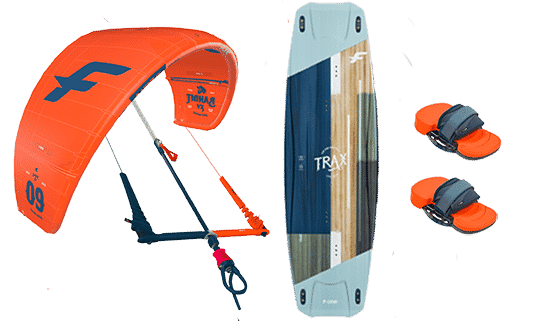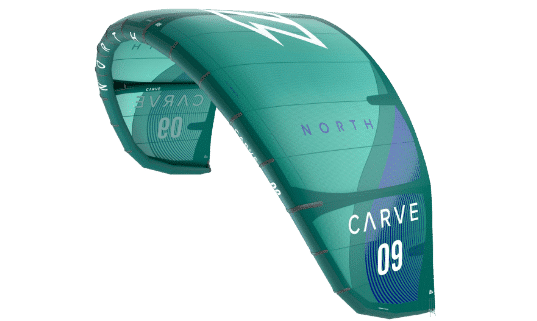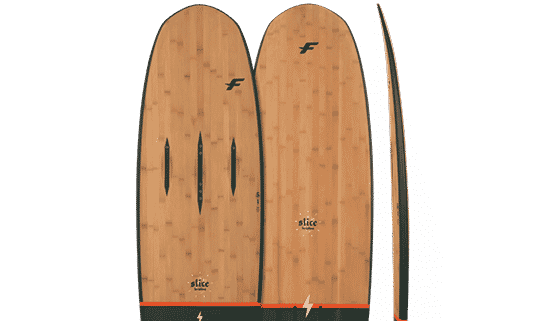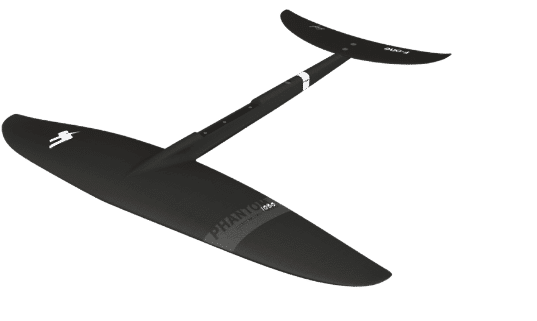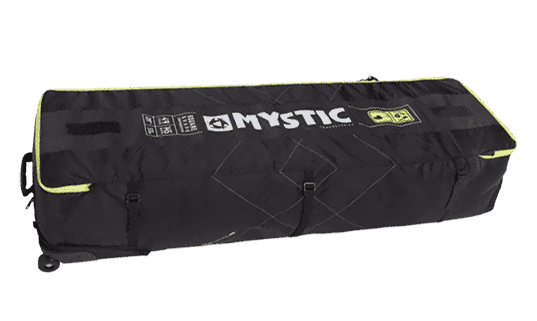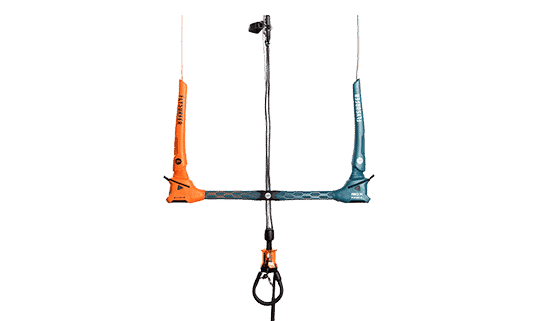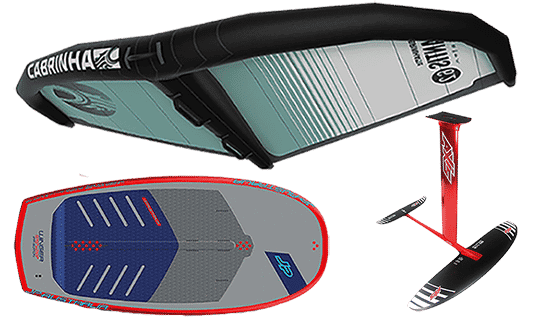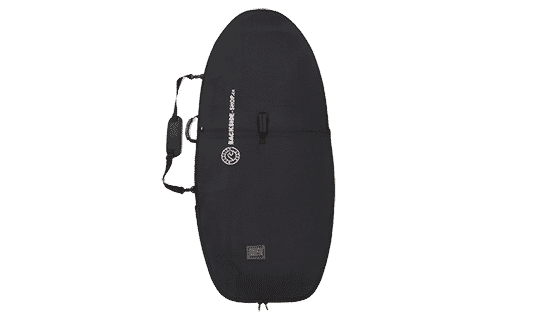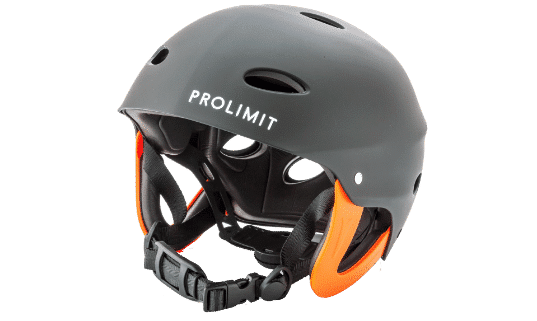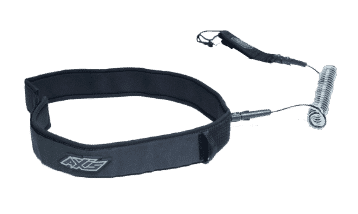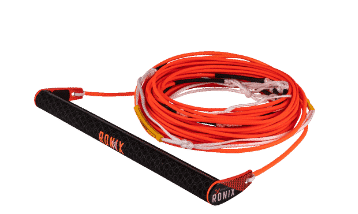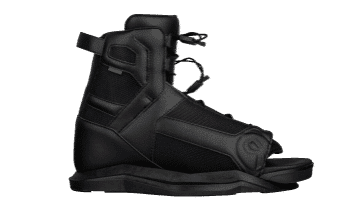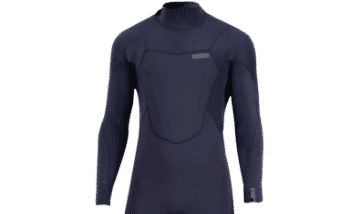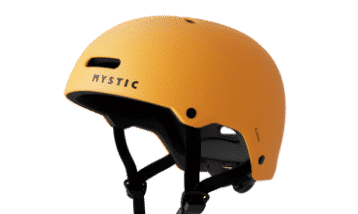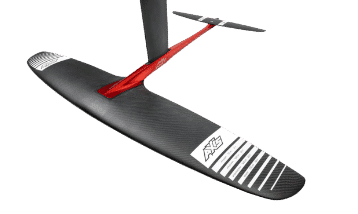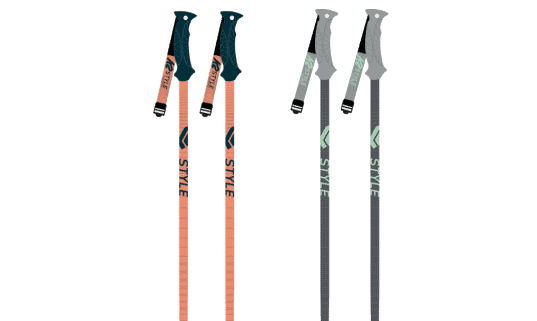Kitesurfing beginner: Learn to kitesurf in 5 steps
Are you a beginner in kitesurfing?
Learning to kitesurf can be daunting or unattainable for most beginners. In reality, you don't need big muscles or a hothead to become a good kiteboarder, you just need a bit of willpower and a competent kiteboarding school. In just a few days you will know the basic safety rules, learn to control the power of a kite and be able to do your first water start. Here are the 5 steps that will allow you to start kitesurfing safely

Step 1 - Learning to kitesurf = Observing the elements + knowing your equipment
When you arrive at a spot, it is essential to take the time to analyse the wind conditions, the state of the water and to spot potential obstacles. First of all, it is necessary to getting to know the vent, i.e. know where it comes from and assess its strength. These observations will allow you, for example, to choose the right sail size for the conditions. Then, a glance at the water will allow to know the hazards upwind and downwind and spot obstacles such as rocks or boats moored on the water.
You must then learn to unroll your lines correctly, inflate the kite and connect it to your bar. Be careful, a kite connected backwards becomes uncontrollable and an accident is guaranteed! To avoid this, it is essential to know all the safety systems on the bar so that you can unhook yourself from the kite in case of a problem.
Then, a glance at the water will allow to know the hazards upwind and downwind and spot obstacles such as rocks or boats moored on the water.
You must then learn to unroll your lines correctly, inflate the kite and connect it to your bar. Be careful, a kite connected backwards becomes uncontrollable and an accident is guaranteed! To avoid this, it is essential to know all the safety systems on the bar so that you can unhook yourself from the kite in case of a problem.

Step 2 - Handling the kite
A beginner usually learns to raise a kite in pairs: one person is at the helm and the other holds the kite and waits for the signal to release it so that it takes off. This operation can be done on land, but is increasingly practiced in the water to limit the impact of possible falls. Once the wing is airborne, it should climb slowly along the edge of the window without generating power. A few round trips along the window edge will help you get a feel for the limits of the wind window. Very quickly, the student will be able to use the kite's traction by passing it through the middle of the window and be pulled through the water, in a towed swim. If the student masters the power of the kite perfectly, does not let it fall any more and knows how to orientate himself well, he can then pass to the water start.
Here is the recommended list of kites for beginners.
Very quickly, the student will be able to use the kite's traction by passing it through the middle of the window and be pulled through the water, in a towed swim. If the student masters the power of the kite perfectly, does not let it fall any more and knows how to orientate himself well, he can then pass to the water start.
Here is the recommended list of kites for beginners.
Step 3 - Making your first water-start
You are going to stand up on the water and finally get some height! To try your first waterstart, it is important to adjust the footstraps of your board beforehand in order to put it on easily. Then, simply put your kite on the zenith, choose a direction, right or left (it is easier to sail on the edge where your call foot is at the back of the board), and start swinging your kite from right to left. The student begins to drift with his back to the wind, resisting with his feet and board in the water. Once you feel confident and stable in this position, you can position your kite at 11 o'clock and swing it into the opposite window to generate maximum power and stand up on your board. Be careful not to try to hold on to the bar and pull, otherwise the kite will lose all its power after a while. This is the principle of the choquer-border. You can tuck in during the water-start, so that the kite accelerates, but don't forget to choke once the kite is up.
